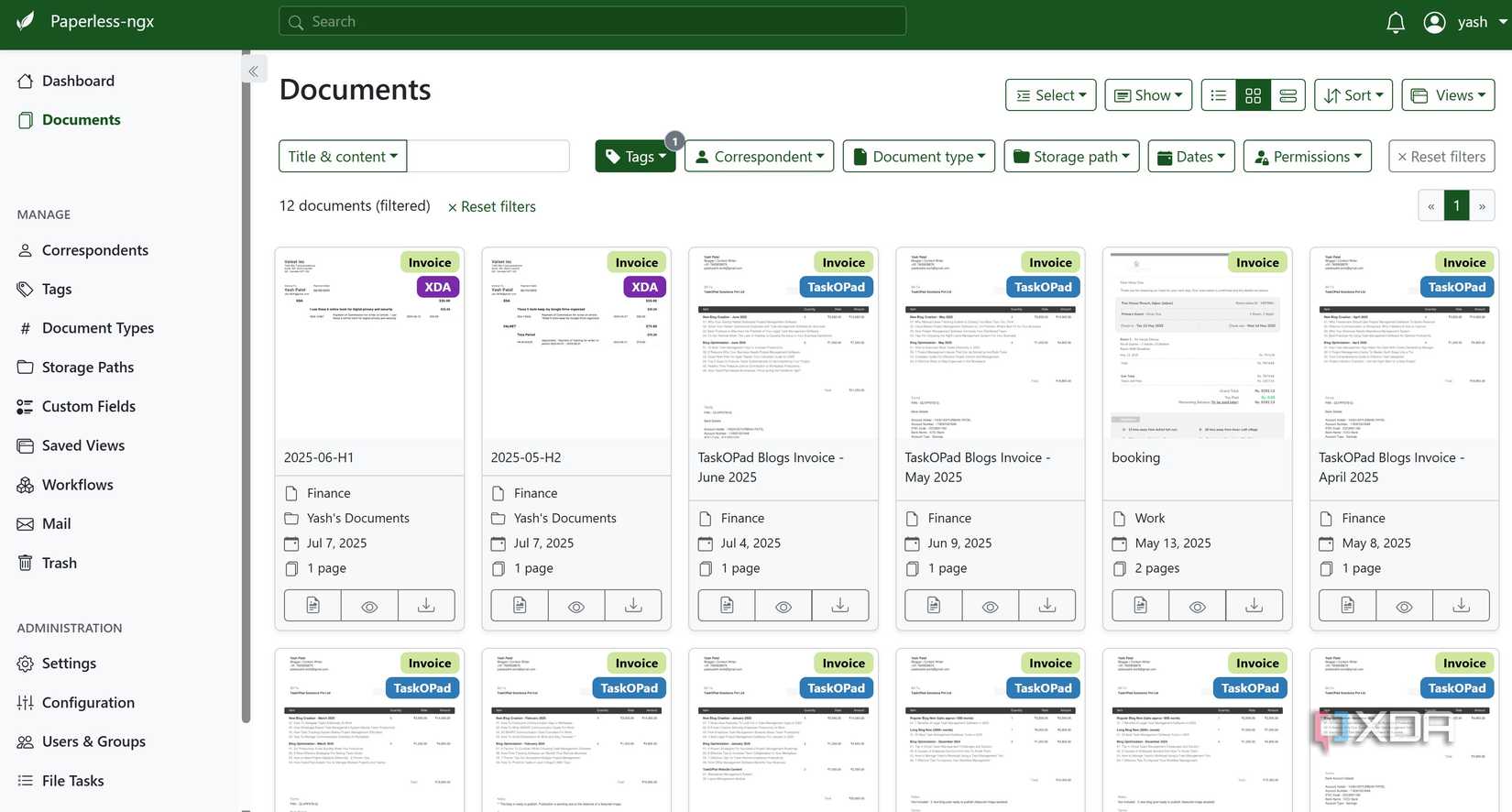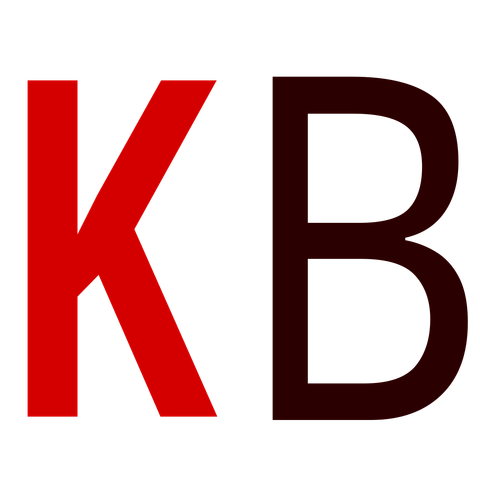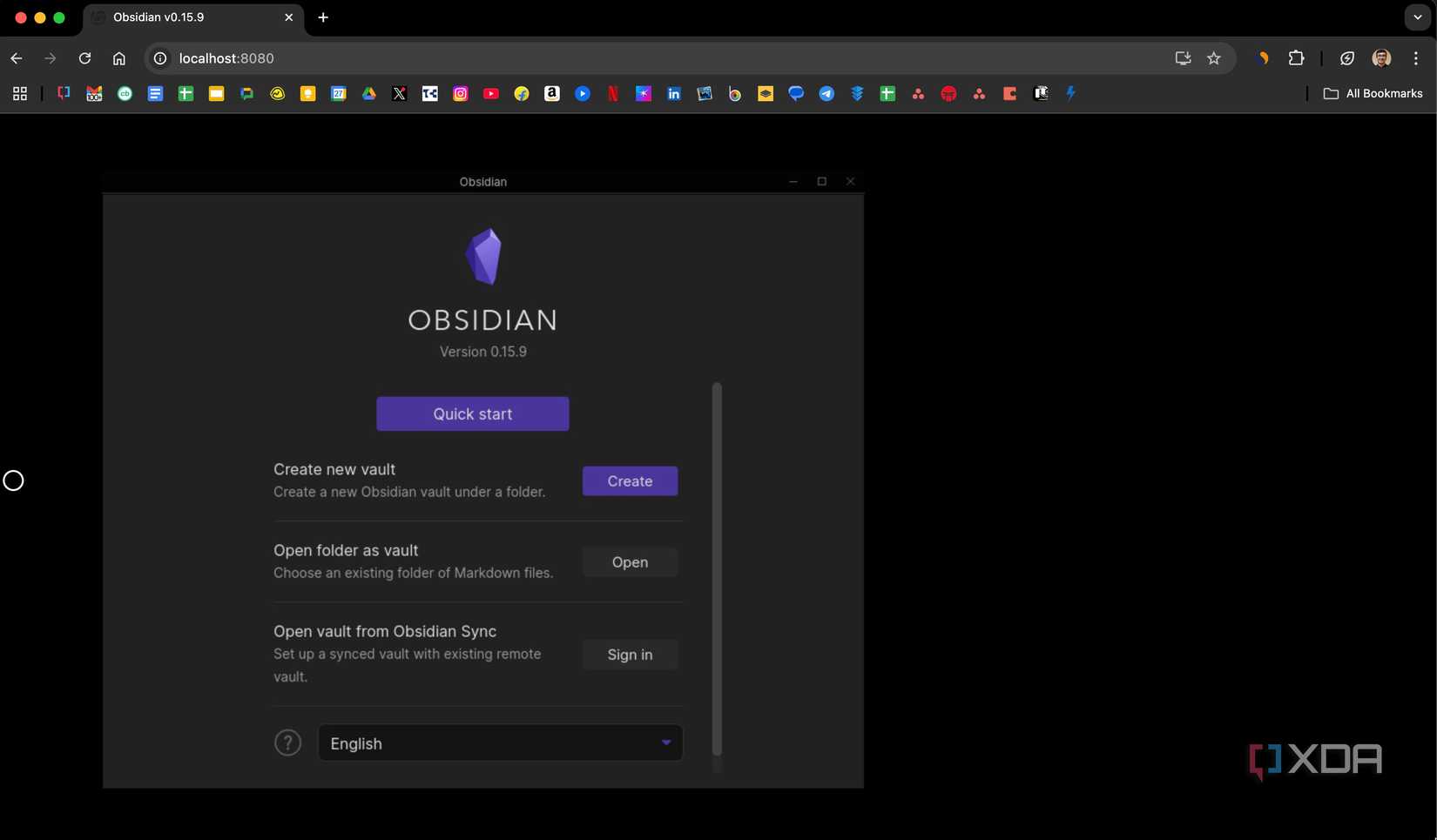As a freelance tech blogger and content marketer, my work life is all about flexibility. I don't have a traditional office, and my schedule changes constantly. This freedom is great, but it often leads to chaos. When I first started out, I struggled with multiple paid subscriptions for invoicing, project management, and file storage. It was expensive, complicated, and I never felt like I truly owned my data. I needed a simple, powerful, and affordable way to manage my entire business.
That’s why I chose to use self-hosted applications with Docker containers. I'm a big fan of self-hosted apps for a few reasons. It gives me total control over my data, lets me customize my tools exactly how I want, and saves me money on subscription fees. Docker makes this incredibly easy, letting me run professional-grade software on my own terms without a complicated server setup. It makes my workflow more productive and helps me earn higher revenue.
Solid Invoice
Solid invoices for a solid business
When I had a full-time job, I never worried about getting paid. My salary just showed up in my bank account like clockwork. But when I started freelancing, managing my money became a major headache. My invoicing was a mess of spreadsheets, and I wasted hours creating bills manually. I needed a simple, powerful tool to handle this, and that's when I found Solid Invoice.
Solid Invoice is an open-source invoicing platform that I run using a Docker container. It completely changed my workflow. Now, I can create professional invoices and quotes in minutes. I can manage all my clients and projects in one place, track my billable hours, and add them directly to an invoice with just a few clicks. For my retainer clients, I've even set up recurring invoices that are sent automatically every month, which is a huge time-saver. It is a straightforward and powerful solution that lets me focus on my actual work, rather than the paperwork.

Paperless-ngx
My digital filing cabinet for freelancing

I don't have a dedicated office. As a freelance tech blogger, I work from my home office, a coffee shop, or even a co-working space. This freedom is great, but it used to mean my paperwork was scattered all over the place. My receipts, contracts, and tax forms piled up with no clear system. I needed a way to manage my business documents no matter where I was, and I didn't want to use a paid service for it. I tried a couple of solutions and got comfortable with Paperless-ngx.
This open-source document management system, which I run in a Docker container, has been a total game-changer. Now, wherever I am, I just snap a photo of a receipt or scan a document, and Paperless-ngx handles the rest. It uses OCR (Optical Character Recognition) to read the text, then automatically tags and archives the file. A simple search for "coffee receipt" or "Q3 contract" brings up exactly what I need in seconds. This has saved me countless hours, especially during tax season when I need to find specific receipts quickly to send to my accountant.
What makes it even better is how it fits into my existing workflow. I've connected Paperless-ngx with my note-taking app, Obsidian. This lets me easily add PDFs from my paperless system directly into my Obsidian notes. Paperless-ngx has helped me eliminate my paper clutter and create an organized, searchable digital filing system.

Kanboard
My go-to tool for project management
As a freelancer, I deal with multiple client projects and content marketing campaigns. I need to keep track of every activity with an "at-a-glance" view. While there are many open-source project management tools available, I wanted something simple and straightforward, with minimal features. After trying a few, I chose Kanboard.
Kanboard gives me a clear visual overview of my workload. I create separate boards for each client or project. Tasks are represented as cards that I move across columns, such as "Backlog," "Ready," "Work in progress," and "Done." This makes it easy to see what I'm currently working on and what's next in my queue. I can also add due dates and notes to each card, keeping all the important details organized and easily accessible.
The best part of Kanboard is its simplicity. There’s no unnecessary clutter; it offers a direct way to manage my work. It helps me stay organized and on top of my projects, ensuring I never miss a deadline.

Firefly III
My personal CFO, powered by Docker
When I went freelance, I quickly learned that managing my business was about more than just getting paid. To grow, I had to manage my expenses, invest in new tools, and keep a close eye on my cash flow. Relying on simple spreadsheets was no longer enough. I needed a more effective way to gain a clear picture of my business finances. That's why I started using Firefly III, a powerful open-source finance manager that I run in a Docker container.
Firefly III gives me total control over my money. I can track every single transaction, whether it’s income from a new client or an expense for a software subscription. It lets me categorize everything, so I can instantly see how much I'm spending on marketing, business tools, or co-working space fees. The reports help me visualize my net worth and track my budgets to make sure I’m on track, and make smarter business decisions.

Obsidian
Building my knowledge base with Docker

My brain is my most important tool as a freelance tech blogger. I'm always capturing ideas, drafting articles, and connecting concepts across different projects. I've been a longtime user of Obsidian, a powerful note-taking app. While the desktop app is great, running a self-hosted version in a Docker container gives me a level of flexibility I need.
I chose the Docker setup for a few key reasons. I can access and edit my notes from any device, anywhere, without needing a third-party sync service. Whether I'm on a new laptop or a client's computer, all my notes are instantly available. Although Obsidian isn't built for collaboration, my Docker setup sometimes lets me give my editor or a client access to specific notes and drafts, so I don't have to send files back and forth.
This self-hosted Obsidian setup has become the central hub for my business. All my content ideas, meeting notes, and research live here.

My productivity-booster freelance stack
When I started freelancing, I didn't want to get locked into a bunch of expensive services. I wanted control and flexibility. By using a few free, self-hosted apps, all powered by Docker containers, I built a custom business toolkit that fits my exact needs.
This setup has not only saved me money but also given me full control of my own data. It provides a smooth workflow, from creating invoices and managing projects to organizing documents and tracking my finances. Each container has a specific job, and together, they form a strong, efficient system that keeps my business running smoothly.
Keep in mind, these are my personal choices. There are many great options out there, but this self-hosted stack proves you can run a professional, efficient business on your own terms.
.png)











 English (US) ·
English (US) ·